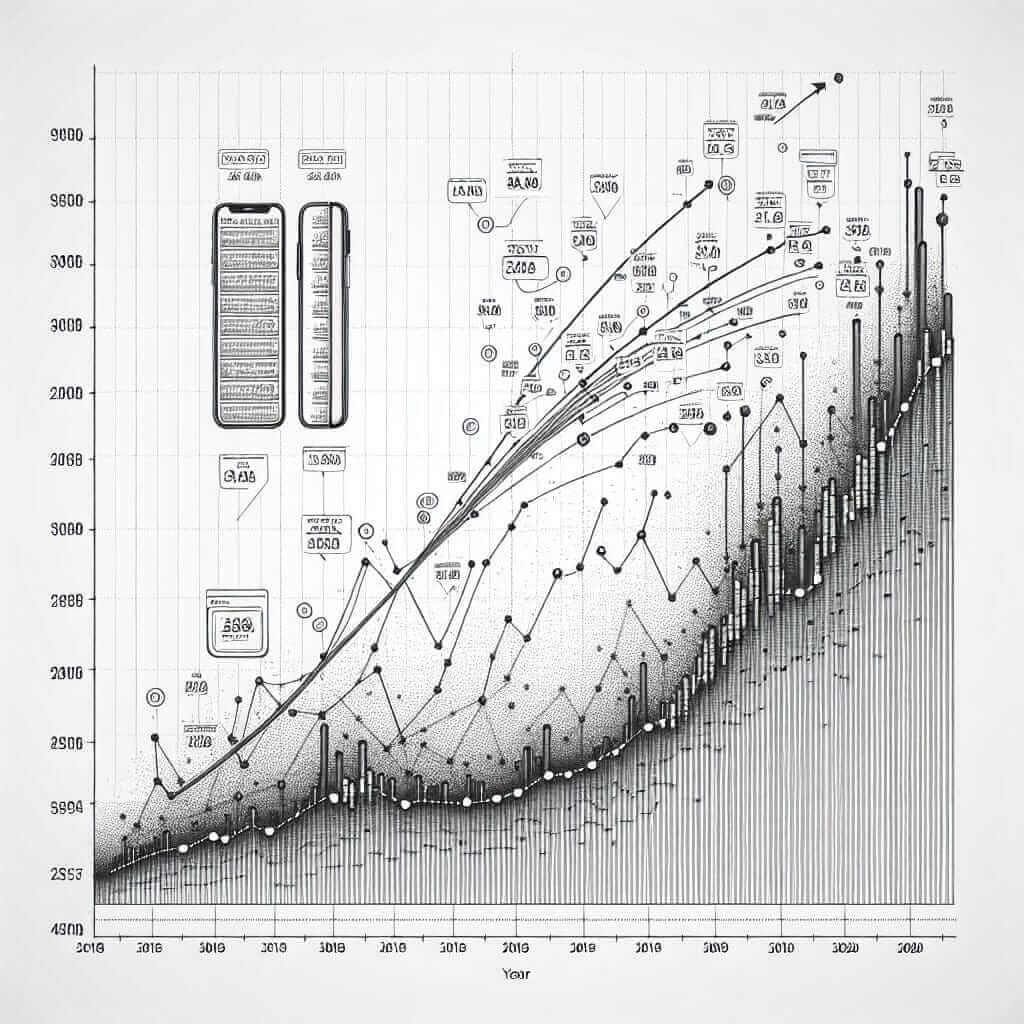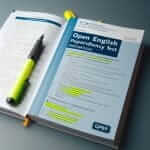In the pursuit of IELTS excellence, understanding how to effectively interpret figures, graphs, charts, and tables presented in the Reading section is crucial for achieving a high band score. This skill goes beyond simply reading the data; it’s about deciphering the trends, making connections, and ultimately, answering those tricky IELTS questions accurately.
Why is Interpreting Figures Essential for IELTS Reading?
The IELTS Reading test aims to assess your ability to comprehend complex information presented in various formats. Figures are frequently integrated into passages to visually represent data, illustrate trends, and support the overall message. Therefore, being able to quickly and accurately understand these figures is essential for:
- Identifying key information: Figures often highlight the most significant data points within a passage.
- Understanding trends and patterns: Visual representations allow you to see correlations and changes in data more easily.
- Answering specific question types: Many IELTS Reading questions directly relate to information presented in figures.
How to Effectively Analyze Figures in IELTS Reading
Here’s a step-by-step approach to help you confidently tackle figures in the IELTS Reading test:
1. Preview for Context
- Read the title and caption: These provide essential clues about the data being presented.
- Scan the axes and labels: Quickly identify the variables being measured and the units used.
- Note any legends or keys: These explain the meaning of symbols, colors, or patterns used.
2. Identify the Main Trend(s)
- Look for overall patterns: Is the data increasing, decreasing, fluctuating, or remaining stable?
- Identify significant changes: Are there any sharp rises, falls, or peaks in the data?
- Compare and contrast: If multiple variables are shown, how do they relate to each other?
3. Pay Attention to Details
- Don’t assume: Read the figures carefully – don’t jump to conclusions without verifying the information.
- Look for specific values: Often, questions will ask for precise figures or data points.
- Focus on units: Be mindful of the units used (e.g., percentages, millions, years) to avoid misinterpretations.
Illustrative Example from IELTS Reading
Let’s consider an example:
Figure 1: Global Smartphone Sales (Millions of Units)
 Global Smartphone Sales
Global Smartphone Sales
| Year | Brand A | Brand B |
|---|---|---|
| 2018 | 150 | 120 |
| 2019 | 175 | 140 |
| 2020 | 200 | 160 |
Question: What can be concluded about the global smartphone market from 2018 to 2020?
Analysis: By examining Figure 1, we can observe a steady upward trend in sales for both Brand A and Brand B. This indicates consistent growth in the global smartphone market over the three-year period.
Top Tips for Success
- Practice regularly: Familiarize yourself with different figure types by practicing with past IELTS papers and sample tests.
- Develop your vocabulary: Learn key words and phrases related to trends (e.g., increase, decrease, plateau, fluctuate).
- Manage your time effectively: Allocate your time wisely and avoid spending too long on a single figure.
Conclusion
Mastering the interpretation of figures is an invaluable skill for excelling in the IELTS Reading test. By implementing these strategies and practicing regularly, you’ll be well-equipped to confidently tackle any figure-based question that comes your way. Remember, careful observation, attention to detail, and a strategic approach are key to unlocking the valuable information hidden within those graphs, charts, and tables.


